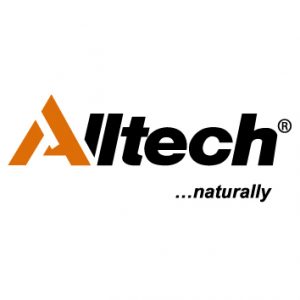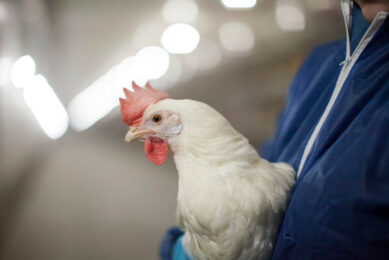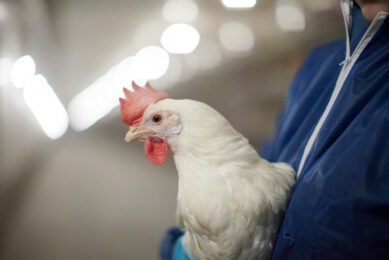An approach to quality control at the feed mill
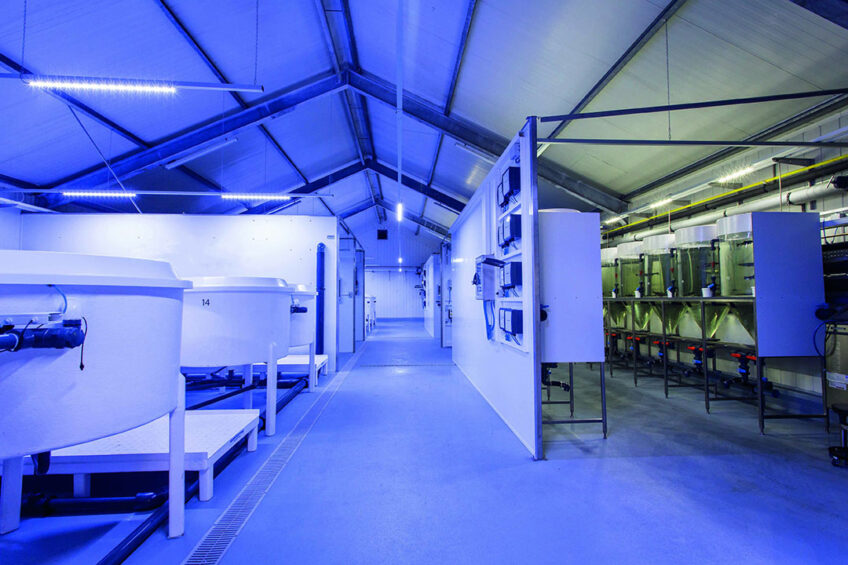
Reliance on marine-based ingredients has been problematic for the aquaculture feed industry for many years. The industry still has some ways to go in producing a fish meal-free diet across all species, but R&D developments in this area have highlighted the fact that fish do not require fishmeal to grow and perform optimally.
The only requirements that are needed for fish to ensure optimal performance are:
- Essential nutrients, such as digestible protein, fat for energy, vitamins and minerals
- Palatable compound feed
- Good water quality
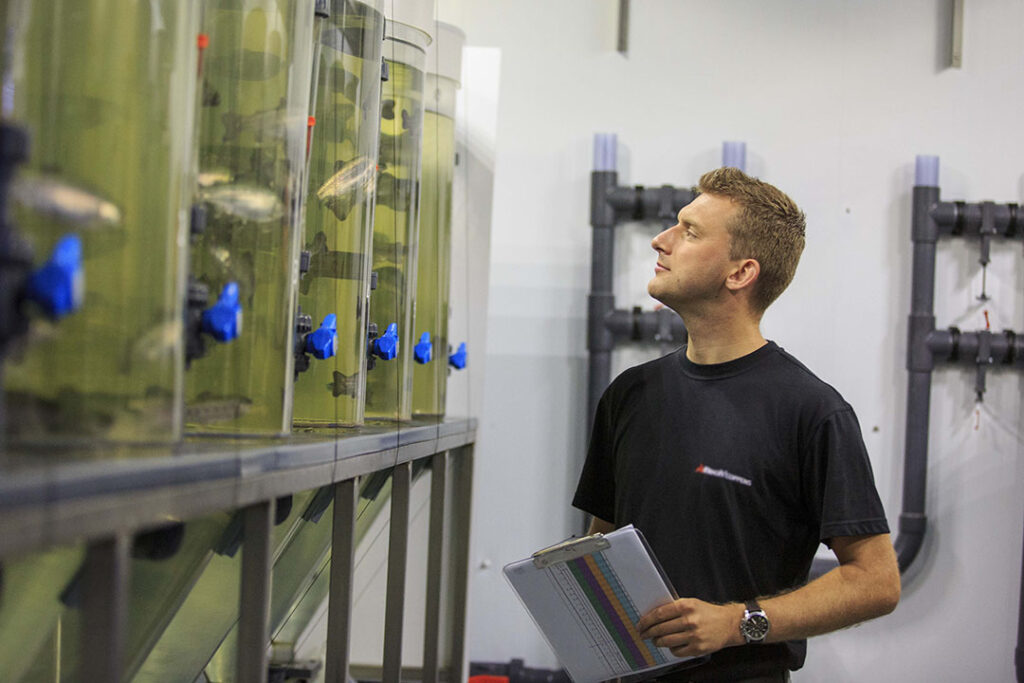
By defining alternatives that meet these requirements, those ingredients are no longer alternatives; they are equivalent – and often superior – sources of nutrition. Plant-based protein sources are still the number-one preferred alternative for replacing fishmeal in aquaculture feeds. The high inclusion of plant-based ingredients in connection with the challenges associated with climate change are expected to bring a higher level of mycotoxin contamination to aquaculture. To act both quickly and effectively, it is very important to understand the risk level for individual species and specific raw materials, as this is the basis of a strong quality-control programme.
A three-pillar approach to quality control
A strong quality control programme is the foundation for establishing effective mycotoxin management at the feed mill. Such a programme helps ensure that all raw materials entering the facility are quality tested based on several factors and strategies, including storage, processing and finished feed storage.
Research was carried out to assess the mycotoxin risk and data was collated from the Alltech laboratory (from 2012 to 2019) comprising wheat, maize and soybean meal and complete fish feeds. A raw material analysis highlighted the fact that more than 80% of the wheat samples, 95% of the maize and 87% of the soybean returned positive mycotoxin results; 43 individual toxins were detected in wheat and maize and 34 in soybean meal. The analysis of fish feed samples found that DON was the toxin that appeared most and had the highest toxicity.
The second stage of this project led to a meta analysis to demonstrate the risk of DON for feed intake and growth performance. Simultaneously, data was collected to quantify the risk of exposure in fish. The extent to which DON affects feed intake and growth performance was evaluated by employing a meta-analytical approach.
Figure 1 – Three-pillar approach to mycotoxin management.
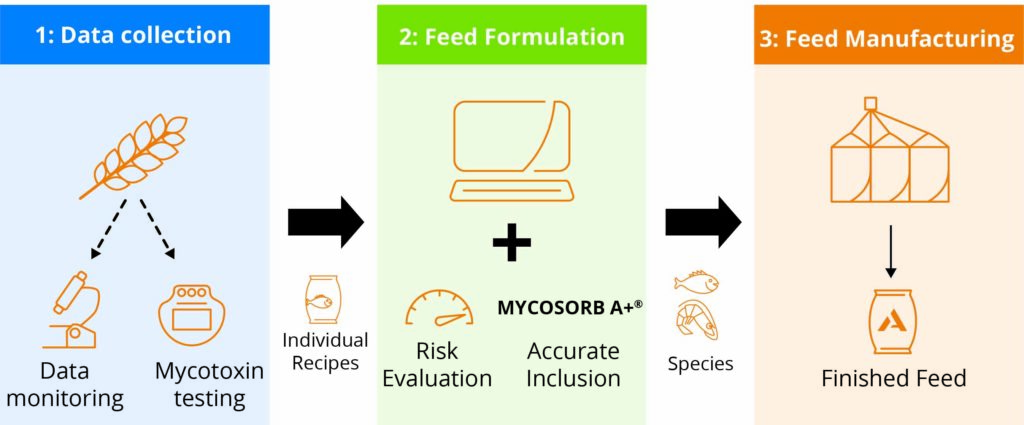
A three-pillar approach (Figure 1) is used to manage the mycotoxin risk. These three pillars are brought together in feed formulation software to analyse and calculate the risk associated with each feed that is being manufactured with appropriate practices in place to mitigate the associated risk.
Pillar 1: Mycotoxin data collection
When they are brought into the feed facility, a mycotoxin risk assessment process to screen the various raw materials of plant origin takes place. This risk assessment is based on two factors:
1. The individual assessment of raw materials entering the mill. Periodic screening is completed using the Alltech 37+ lab, with more frequent testing performed using the Neogen Raptor for faster results.
2. An analysis of the Alltech European Harvest Survey, which is conducted on an annual basis, to assess the risk for raw materials in the region. This risk assessment process reveals which raw materials are at risk of containing mycotoxins and which mycotoxins are present in these raw materials.
Pillar 2: Feed formulation
In addition to these assessments, there are FDA and EU legal limits for aflatoxins and guidelines on the safe levels of mycotoxins in aquafeed (Table 1). As such, these tolerance levels for specific mycotoxins in different species must be taken into account when formulating the feed for different fish species. There are over 500 different mycotoxins identified, but the most common and prevalent is deoxynivalenol (DON). As stated previously, the meta-analysis highlights the risk of DON to feed intake and performance, and data was also collected to quantify the risk of exposure to fish. This approach highlighted the fact that the current recommendations for the limit of DON in fish diets are too high and need to be reviewed to protect both fish welfare and business profitability.
Table 1– FDA and EU legal limits for aflatoxins and advisory guidelines on safe levels for other mycotoxins in feeds for aquaculture (Commission directive [EU] No. 2003/100/EC; Commission recommendation [EU] No. 2006/576/EC).

Pillar 3: Feed manufacturing
This information provides an estimated mycotoxin risk of the raw materials and the sensitivity of the targeted species (although it’s the combination of the raw materials and their specific inclusion level that determines the total risk of the feed). Using feed formulation software, the risk equivalent (REQ) is calculated. This is done by comparing the calculated mycotoxin levels of the recipe against the sensitivity of the fish species. With this REQ, the mycotoxin binder inclusion is calculated based on a linear correlation. The main advantage of this system is that the risk is both recipe and species-specific. It is calculated very accurately, i.e., the mycotoxin binder is used at the most efficient ratio.
The importance of continuous testing
To accurately assess the risk in aquaculture, continuous testing is crucial. Recently, two separate surveys have been conducted – one in Norway and another survey in the Asia-Pacific region.
In the Norway study, a total of 104 samples were collected over a period of 12 months from two salmon farms: Ellingsen Seafood (high fish meal inclusion) and Blom Fiskeoppdrett (low fishmeal inclusion). The samples were sent to an independent laboratory in Belgium for mycotoxin analysis. The results showed that no mycotoxin contamination was present as a result of good quality control programmes in place at the associated feed mills.
Meanwhile, in the Asia-Pacific, a survey was conducted to determine the mycotoxin risk in the region. Almost 200 samples were collected from Bangladesh, China, India, Indonesia, Malaysia and Vietnam and these were tested in laboratories or locally using the Alltech Rapiread system by using Neogen’s lateral-flow technology. The samples combined complete feeds and the most commonly used aquafeed raw materials. Most of the raw materials, such as maize, wheat and soybean, were imported from either Europe or the Americas. The results of the study revealed that byproducts of maize and wheat had quite high mycotoxin contamination, but more importantly, the survey highlighted significant differences between the highest results and the average results, emphasising the importance of continuous testing. Additionally, the combined synergistic effects of multiple mycotoxins over a long ingestion period can be more harmful. This can impact feed intake, growth rate and mortality rates and lead to severe economic losses for farmers.


